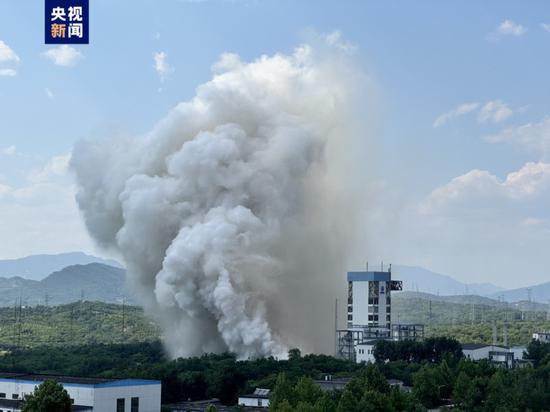
Rocket scientists and engineers carried out a key test on Friday on the propulsion system to be used on a new type of carrier rocket, which will be the backbone of China's future manned landing on the moon. (Photo/CCTV News)
Chinese rocket scientists and engineers on Friday afternoon conducted a key test of a propulsion system that will be used on a new type of carrier rocket, which will be critical to China's future manned landings on the moon.
During the ignition test that took place at an engine testing facility in Beijing's Fengtai district, three YF-100K engines spewed fire for several minutes, generating a combined thrust of 382 metric tons, according to the China Academy of Launch Vehicle Technology, the nation's top rocket maker.
The YF-100K engine will provide major lifting power for the Long March 10 rocket, which is under research and development at the Beijing-based academy, a subsidiary of State-owned industry giant China Aerospace Science and Technology Corp.
The Long March 10 will be a brand new type of rocket and will be tasked with ferrying the next generation of China's crewed spacecraft and landing modules to the moon. The rocket is expected to be ready for its maiden flight around 2027.
The rocket will consist of a core booster and several side boosters and will be 92.5 meters tall, which is roughly the height of a 32-story residential building. The gigantic spacecraft will have a liftoff weight of 2,189 tons and a thrust of 2,678 tons.
It will be capable of transporting spacecraft weighing at least 27 tons to an Earth-moon transfer trajectory, according to designers.
China's plans for its first manned lunar expedition involves two Long March 10 launches from the Wenchang Space Launch Center in Hainan province to transport a landing module and a manned spacecraft to lunar orbit.
After reaching their preset orbital positions, the landing module and the spacecraft carrying astronauts will meet and dock with each other. Two crew members will enter the landing module, which will then undock and descend toward the lunar surface for an engine-assisted soft landing.
On the moon, the astronauts will drive a rover to carry out scientific tasks and collect samples. Upon completion of their assignments, they will return to the landing module, which will then fly them back to their spaceship waiting in lunar orbit.
In the final stage, the astronauts will carry the samples onto their spacecraft, which will then undock and carry the crew back to Earth.
China has carried out six robotic missions to the moon. It deployed two rovers on the celestial body and retrieved samples during the Chang'e 5 and Chang'e 6 missions.
A variant of the Long March 10 without side boosters is also being developed.
This model will be 67 meters tall and will have a liftoff weight of about 740 tons. It will be used to transport astronauts or cargo with a combined weight of 14 tons to the Tiangong space station in low-Earth orbit, according to designers.









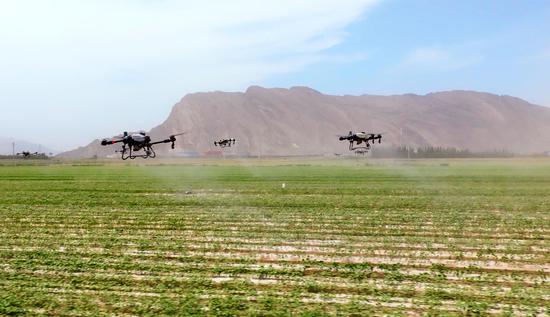
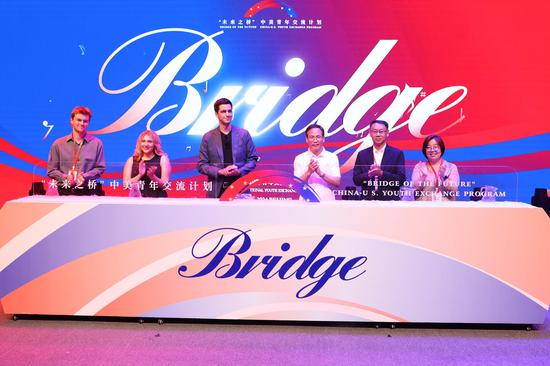


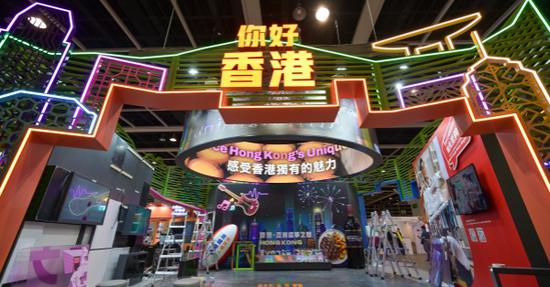




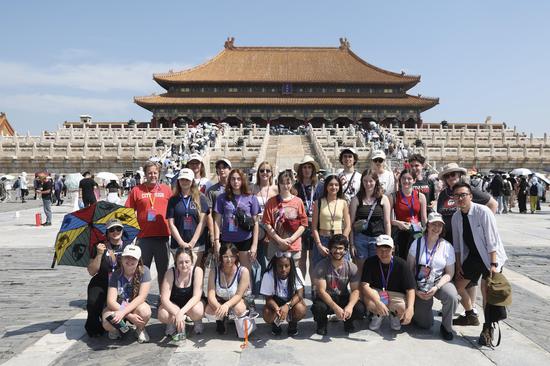
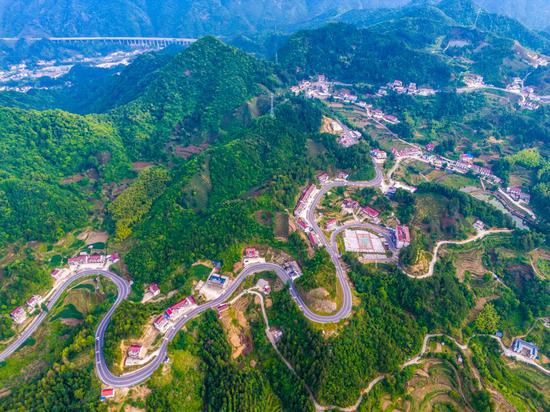








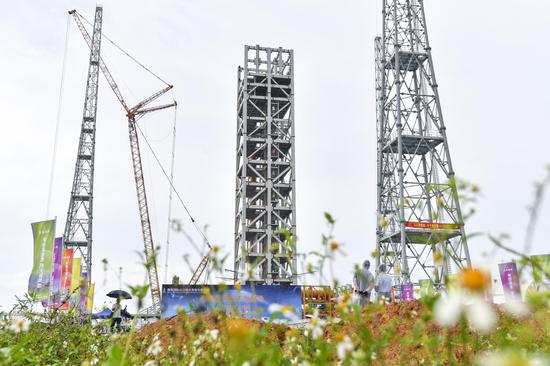





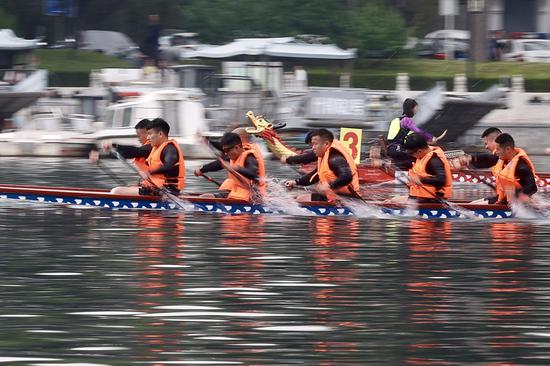
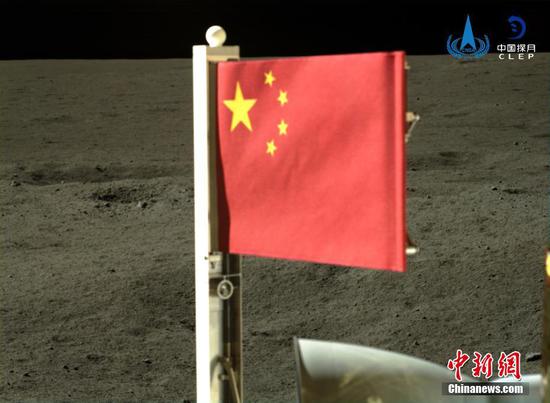


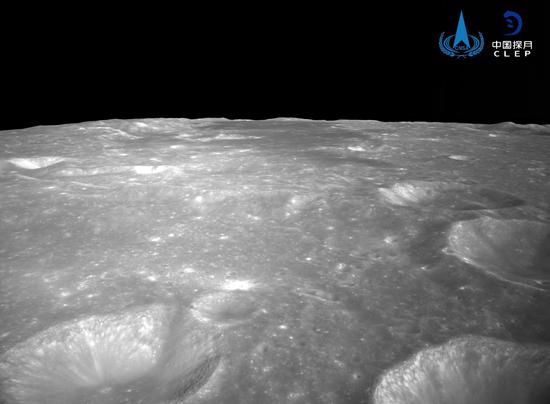
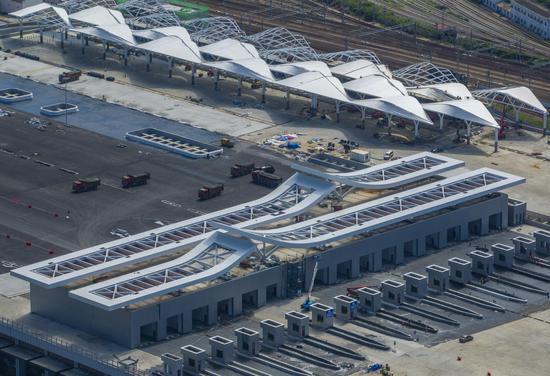


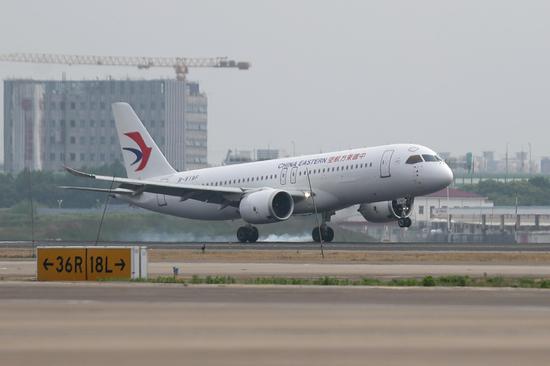
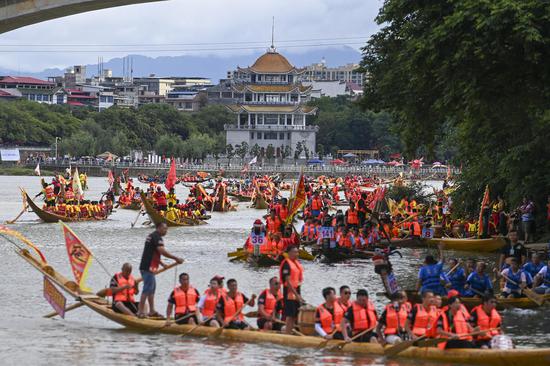
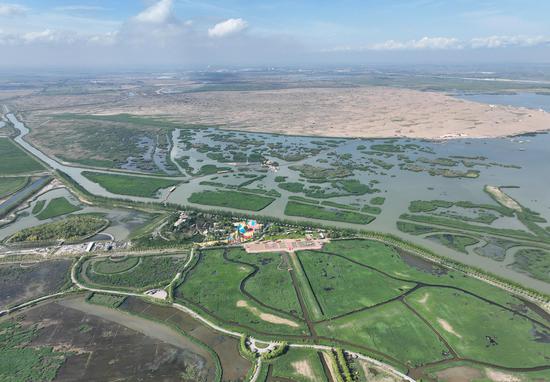





 京公网安备 11010202009201号
京公网安备 11010202009201号